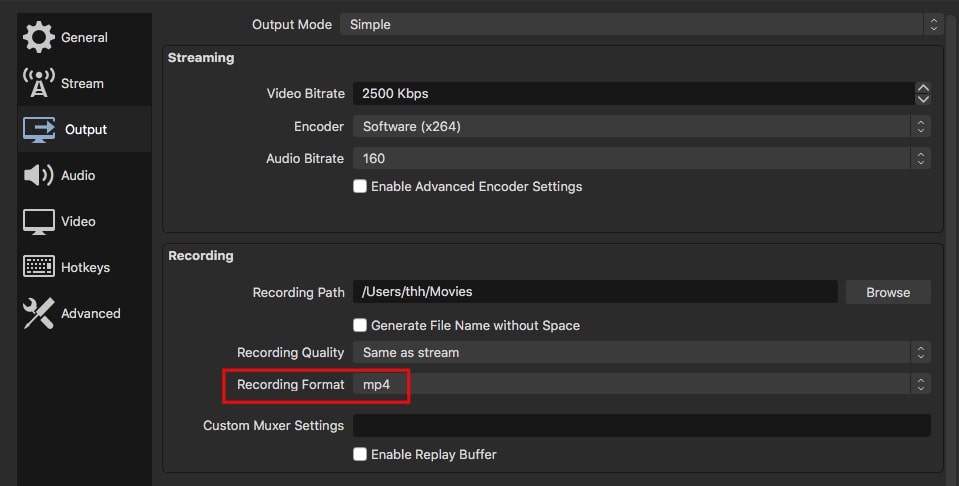

~/path_to_overlay.png is the full/relative path to the overlay image.ffmpeg -r 60 -f image2 -s 1920x1080 -i pic%04d.png -i ~/path_to_overlay.png -filter_complex " overlay=0:0" -vcodec libx264 -crf 25 -pix_fmt yuv420p test_overlay.mp4 -vframes 1000 specifies the number frames/images in the videoĪssuming that you have an overlay image that is the same size as the video, you can use the following command to add it during the ffmpeg compression process.


-crf is the quality, lower means better quality, 15-25 is usually good.If no padding is needed use something similar to pic%d.png or %d.png. Where the %04d means that zeros will be padded until the length of the string is 4 i.e 0001… 0020… 0030… 2000 and so on. etc) use the following command: ffmpeg -r 60 -f image2 -s 1920x1080 -i pic%04d.png -vcodec libx264 -crf 25 -pix_fmt yuv420p test.mp4 To take a list of images that are padded with zeros ( pic0001.png, pic0002.png…. I have noticed that different versions of ffmpeg will produce different output file sizes, so your mileage may vary. When using ffmpeg to compress a video, I recommend using the libx264 codec, from experience it has given me excellent quality for small video sizes. Original, Updated : cleanup and information about overlaying images. Using ffmpeg to convert a set of images into a video


 0 kommentar(er)
0 kommentar(er)
